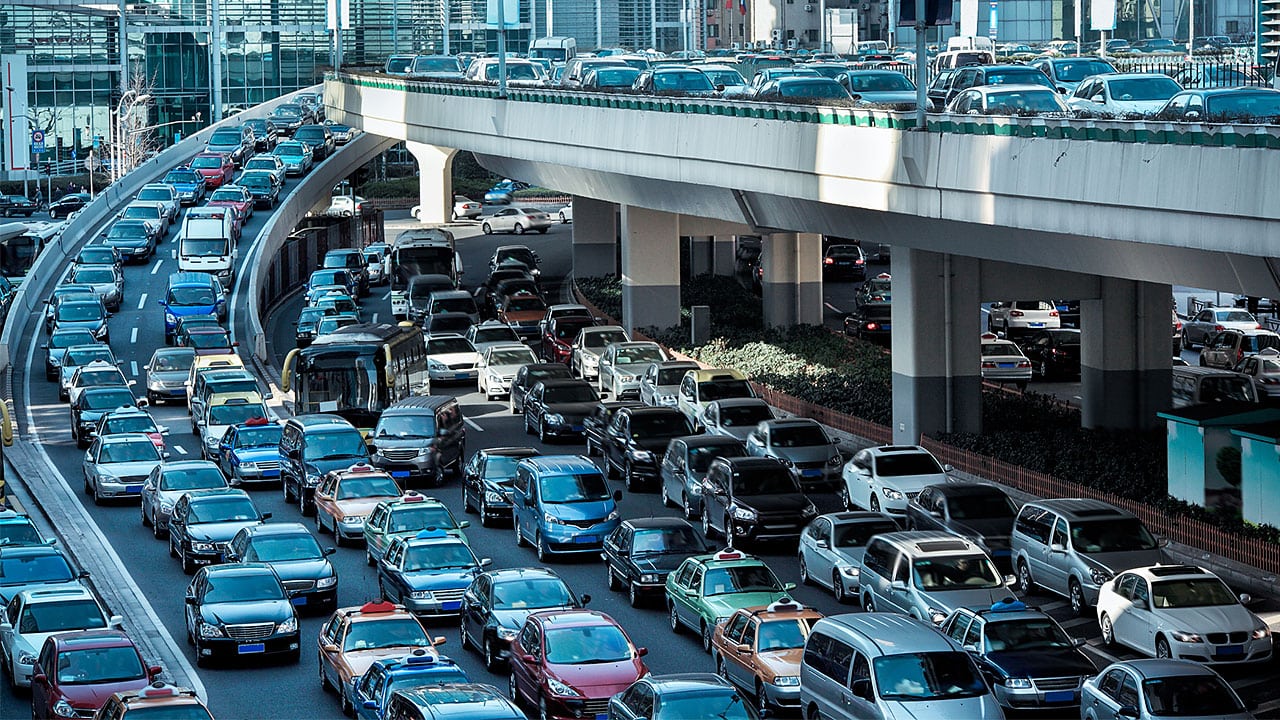One of the major issues facing highway design today is the need for a new transportation system that addresses emerging problems including metropolitan traffic congestion and pollution, while still meeting the demands of a growing population for an effective, convenient, and safe means of transport. From bio-responsive roads to HyperTransport, here are some exciting prospects in the future of highway design.
BIM Engineering and Components of Highway Development
Building Information Modeling (BIM) is a valuable resource for students enrolled in engineering training because it allows them to use the latest software to envision and digitally test new and innovative designs. An important component of any development in architecture and engineering is sustainability: economically, structurally, and environmentally. It is important when designing and implementing any construction project that it meets regulation standards and budget. One of the great issues facing highway development is the rate of decay in materials, as well as structural safety and cost of maintenance.
The utilization of BIM means that the design and layout of a project can be organized, tested, and experienced before a final product is built, and any problems or issues can be addressed without real-world consequences. Applying this to future road structures would avoid past mistakes and save countless lives, resources, and money, while also allowing for greater collaboration on multi-disciplinary projects, leading to a more effective final outcome.
Transforming Engineer Training into Real-World Solutions
Progress in technology make new solutions available at a faster rate than past developments, and what was once considered improbable or impossible only decades ago, now seems to be a feasible reality.

New developments in technology allow professionals to pursue creative solutions
The growing need for energy efficient transportation to help combat global warming and climate change offers the opportunity for future graduates to innovate and pursue different creative solutions. One of the many ways students in an engineering design technology program can respond to these demands is by designing a highway system which meets environmental regulations and is further tested through BIM models. These prospective solutions include using biologic materials for concrete repair, as well as employing solar panels and LED lighting to recycle energy and battle natural elements such as ice and snow.
Another project, Elon Musk’s proposed Hyperloop One, would connect metropolitan areas using an automated subterranean system, thus avoiding CO2-emissions, pollution, and material decay brought on by traffic congestion. Ideally, each vehicle or pod would operate in a low-pressure environment on self-generated suction within a sealed tunnel. In other words, vacuum-like conditions would allow the pods to ‘float’ towards the destination at predetermined speeds.
These methods of transportation are just some of the many exciting developments that students can look forward to when applying their lessons to civil engineering and architectural projects.
Highway Design and a Career in Engineering Design Technology
The modern transportation system will eventually reach a crucial point where the current model is no longer sustainable. Fortunately, students can expect to gain the appropriate skills and knowledge necessary to assess and address transportation issues in a meaningful and responsive way.
Highway design can be improved with new technology, BIM testing, and proper project development. By applying standard methods and practices, as well as formulating creative solutions which meet regulation standards, graduates can ensure a successful career in engineering design technology, and a greater efficiency of civil structures.
Do you want to complete training for a rewarding career?
Fill out the form to get started!



